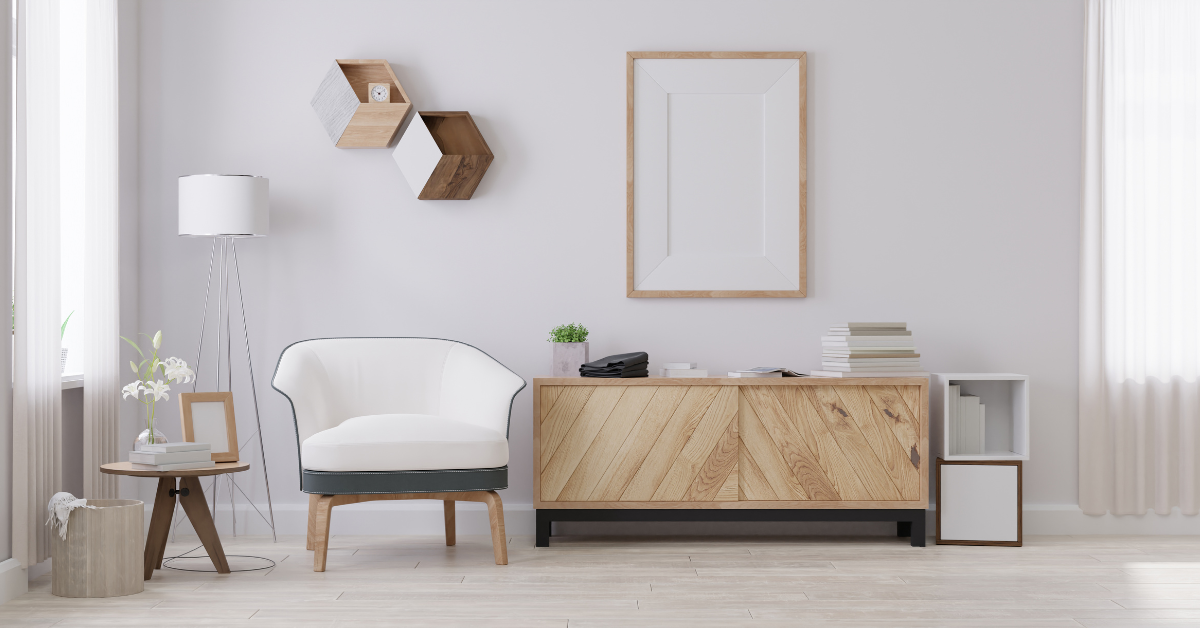
Home Security: Essential Components and How to Properly Configure Your Security System

*Collaborative Post
Safeguarding your home has become more critical than ever. A comprehensive home security system provides peace of mind, protects your loved ones, and deters potential intruders. Whether upgrading an existing setup or installing a new one, understanding the key components and their configuration ensures optimal protection. In this article, we’ll explore the essential elements of a home security system and how to set them up for maximum safety effectively.
Why Invest in a Modern Home Security System?
The modern security landscape offers more than just alarm systems. Advanced solutions from companies like Ajax Systems provide reliable, smart, and interconnected devices that work seamlessly to secure your home. Effective security systems not only alert you to intrusions but can also monitor environmental hazards such as smoke, carbon monoxide, and flooding.
Core Components of a Home Security System
A well-rounded security system consists of various interconnected components. Here’s an overview of the key elements:
1. Central Control Panel (Hub)
The control panel, the brain of your security system, coordinates all sensors and devices. It processes alerts and communicates with your mobile app or security service. Modern hubs offer remote access and programmable settings, enabling you to monitor your home anywhere.
2. Intrusion Detectors
Motion detectors and door/window sensors are designed to detect unauthorized entry. They send alerts to the control panel and your mobile device when triggered.
3. Surveillance Cameras
CCTV cameras provide live video feeds and recorded footage. They’re essential for monitoring activity and identifying intrusions. High-definition cameras with night vision and motion detection are recommended for comprehensive coverage.
4. Environmental Sensors
Protect your home from hazards with sensors for smoke, carbon monoxide, water leaks, and temperature. These devices provide early warnings to prevent damage or health risks.
5. Sirens and Siren-Enabled Devices
Sirens alert residents and scare off intruders. Wireless sirens can be integrated into the system for indoor and outdoor use.
6. Mobile Application
A user-friendly app lets you remotely control, monitor, and receive notifications from your security system. Compatibility with smartphones is a must-have feature.
How to Configure Your Home Security System
Proper configuration ensures all components work together smoothly and provide reliable protection. Here are essential steps:
Step 1: Assess Your Security Needs
Begin by evaluating your home’s layout and vulnerabilities. Identify entry points, sensitive areas, and environmental risks.
Step 2: Choose Compatible Devices
Opt for a unified system that is compatible with sensors, cameras, and control panels. Ajax Systems, for example, provides a range of interconnected devices that can be managed via a single hub.
Step 3: Install Detectors Strategically
Place door and window sensors on all accessible points. Position motion detectors in hallways and large rooms, avoiding false triggers caused by pets or curtains.
Step 4: Position Cameras Effectively
Install surveillance cameras at entry points, driveways, and vulnerable windows. Ensure good lighting for night vision capabilities.
Step 5: Integrate Environmental Sensors
Place smoke and CO detectors near bedrooms and kitchens. Water leak sensors should be installed in basements, laundry rooms, or areas prone to flooding.
Step 6: Set Up the Control Panel and App
Connect your control panel to your Wi-Fi network and sync it with your monitoring devices. Enable remote access through the mobile app, and configure alerts and automation rules.
Step 7: Test the System
Run comprehensive tests to ensure all sensors trigger correctly and that notifications are received. Adjust sensor placement if necessary for optimal detection.
Step 8: Regular Maintenance and Updates
Keep firmware updated, replace batteries annually, and periodically test the entire system to maintain reliability.
Benefits of a Properly Configured Security System
A thoughtfully installed and properly configured security system offers numerous benefits:
- Enhanced safety for your family and possessions.
- Immediate alerts in case of intrusion or hazards.
- Remote monitoring, providing peace of mind even when you’re away.
- Deterrence of potential intruders.
- Insurance discounts are available in some cases due to security upgrades.
Final Thoughts
Investing in a reliable home security system like those from Ajax Systems can significantly improve your home’s safety. By understanding the essential components and configuring them correctly, you ensure comprehensive protection tailored to your needs. Remember, security is an ongoing process — regular maintenance and updates are vital to keeping your system effective.
*This is a collaborative post. For further information please refer to my disclosure page.




